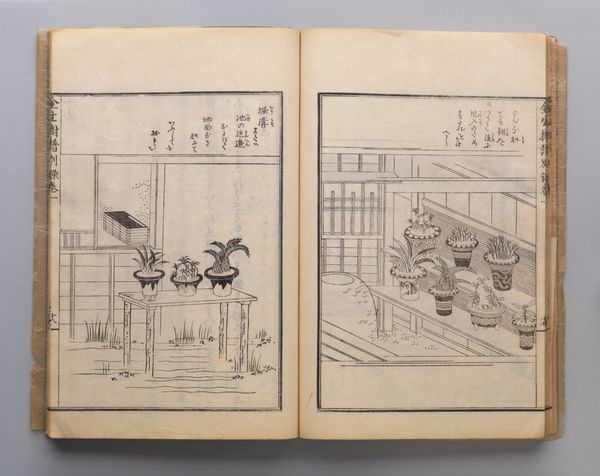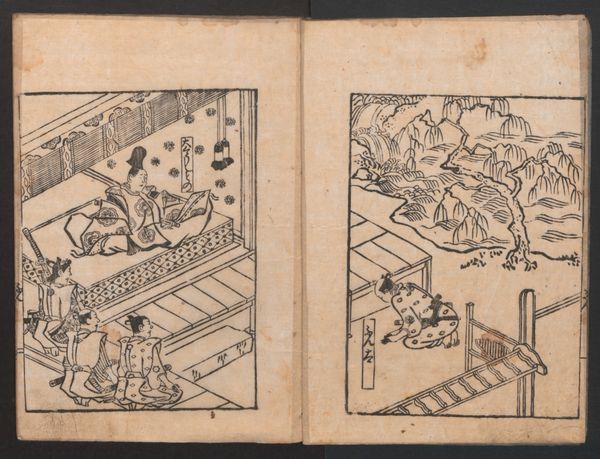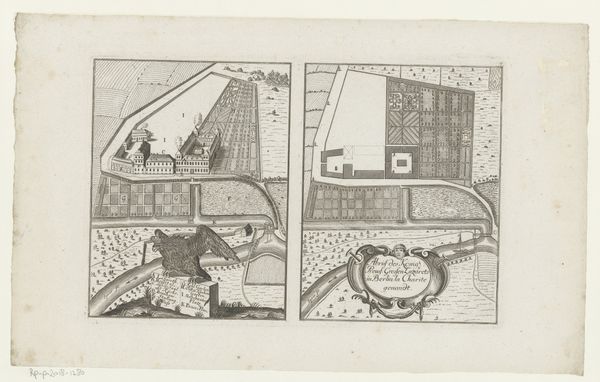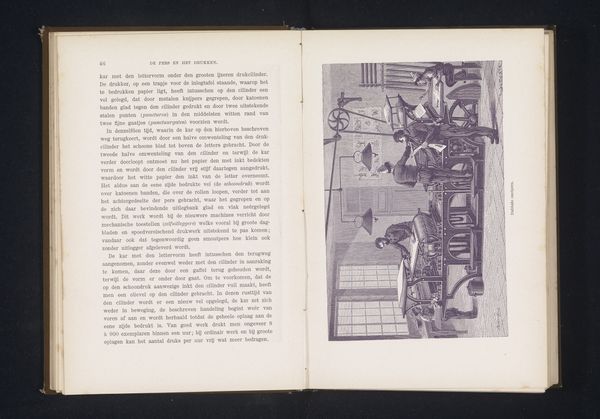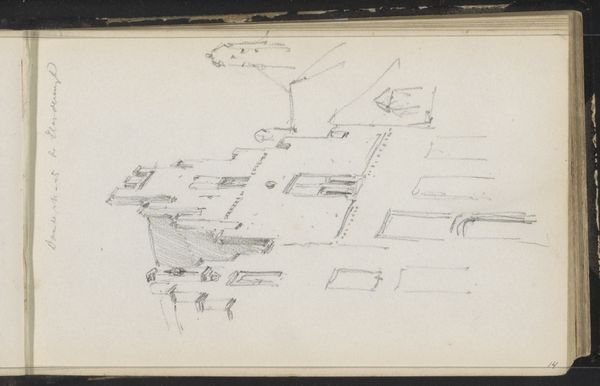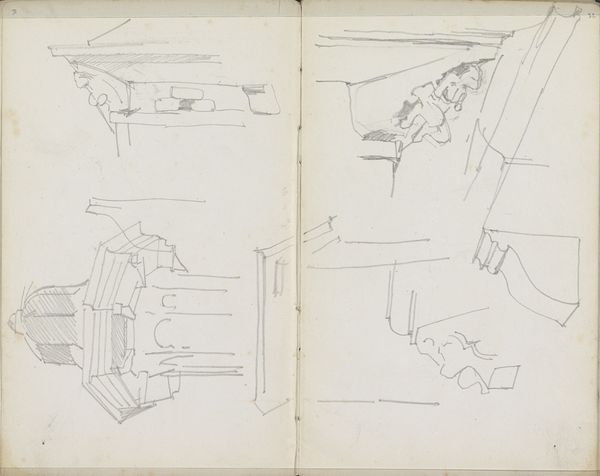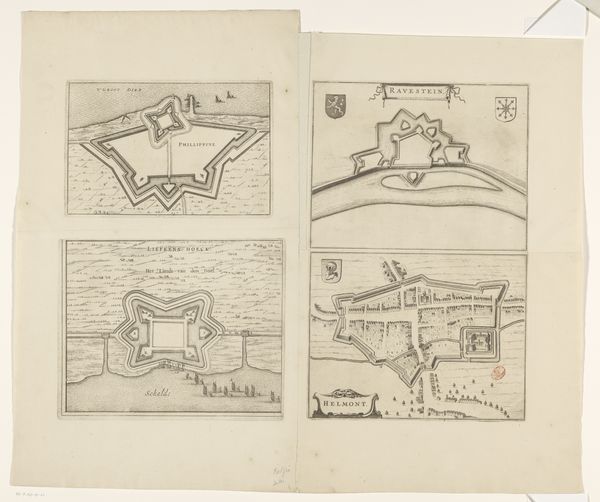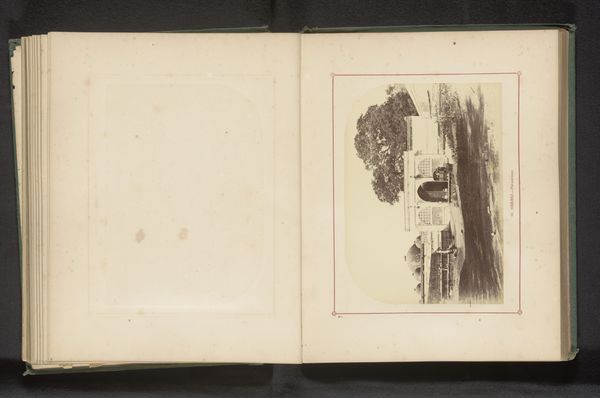
drawing, paper, ink-on-paper, ink
#
drawing
#
narrative-art
#
asian-art
#
ukiyo-e
#
figuration
#
paper
#
ink-on-paper
#
ink
Dimensions: 10 1/2 × 7 1/8 × 1/4 in. (26.67 × 18.1 × 0.64 cm)
Copyright: Public Domain
Okumura Masanobu created this woodblock print called "Red and White Tale of Genji" sometime in the first half of the 18th century. The print illustrates a scene from the Tale of Genji, a classic work of Japanese literature, showing two interior scenes of courtly life connected by a long veranda. During the Edo period, when Masanobu was working, Japan was ruled by the Tokugawa shogunate. This era was marked by relative peace and economic growth, but also strict social hierarchies and isolationist policies. Ukiyo-e prints like this one flourished as a form of popular entertainment, catering to the tastes of the urban merchant class. The Tale of Genji itself, written centuries earlier, offered a nostalgic vision of aristocratic refinement. But by Masanobu's time, its themes of love, loss, and the fleeting nature of beauty resonated with a broader audience seeking escape from the rigid constraints of their own society. To understand this print fully, we can turn to historical texts, social histories, and literary analyses. By combining art historical methods with a wider study of Japanese culture, we can appreciate how artists engage with both tradition and the social conditions of their time.
Comments
minneapolisinstituteofart about 2 years ago
⋮
By the early 1700s, when this printed version of The Tale of Genji was published, very few people could understand the complex written language in which the original tale had been written 700 years earlier. For this illustrated and modernized version of the tale, Okumura Masanobu wrote in a manner that reflected Japanese as it was spoken in the early 1700s. The text was rendered freely, placing emphasis on conveying the meaning rather than offering a verbatim presentation of the original tale.
Join the conversation
Join millions of artists and users on Artera today and experience the ultimate creative platform.

